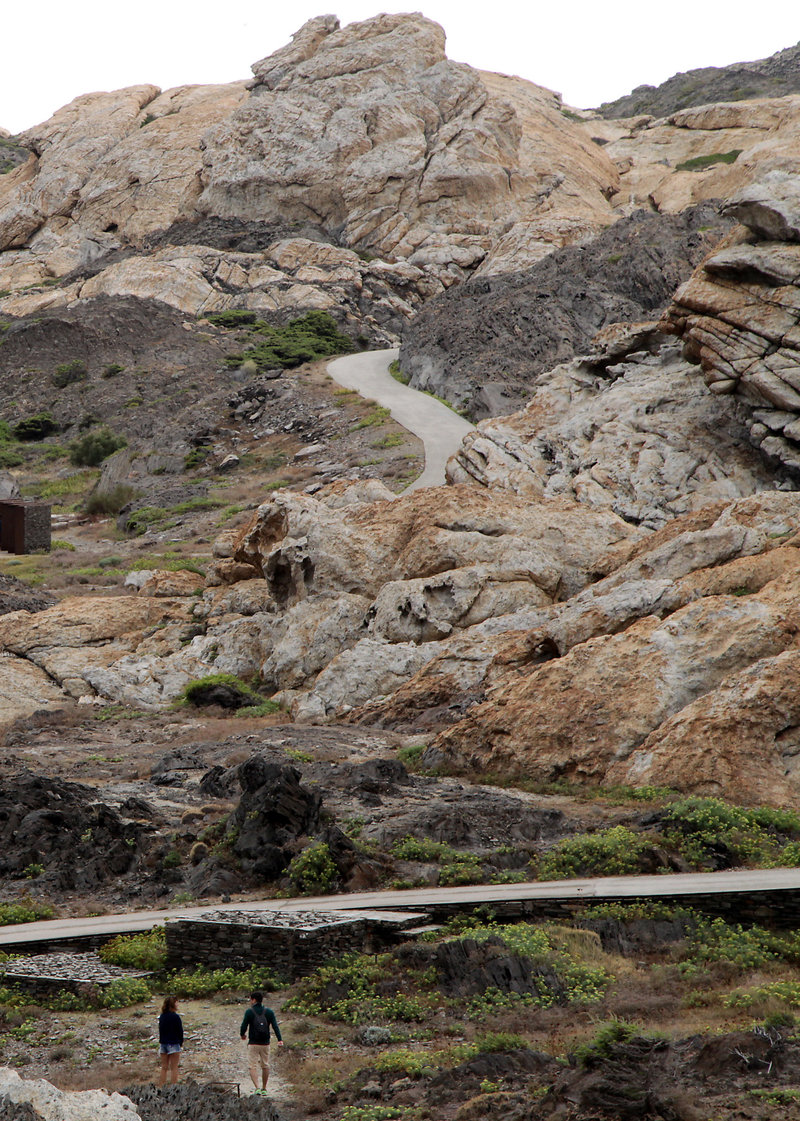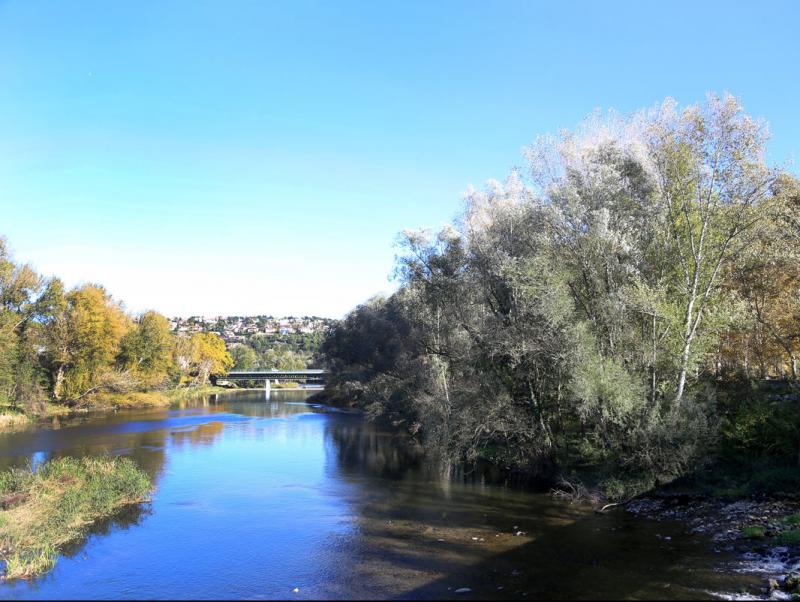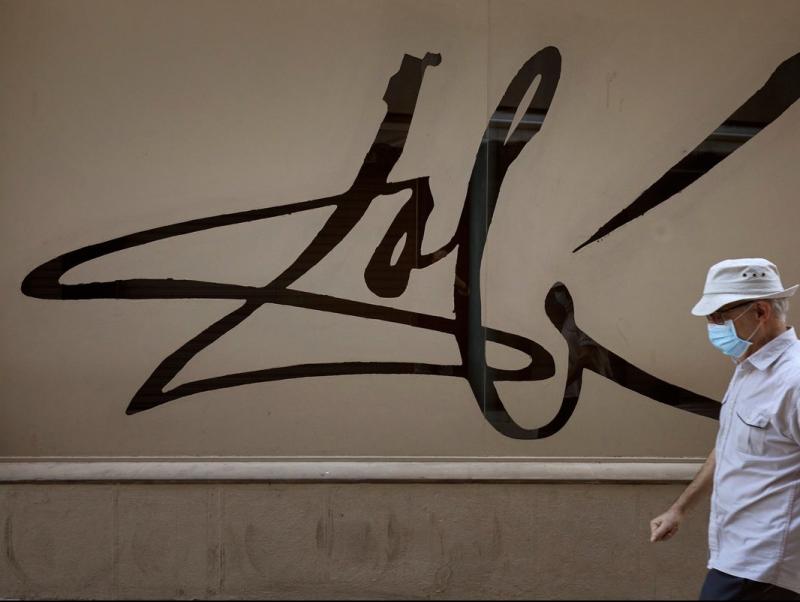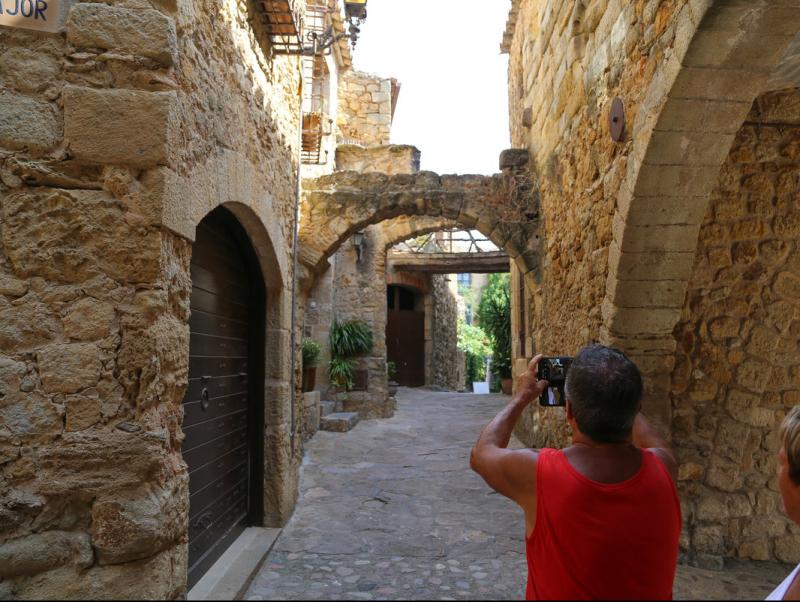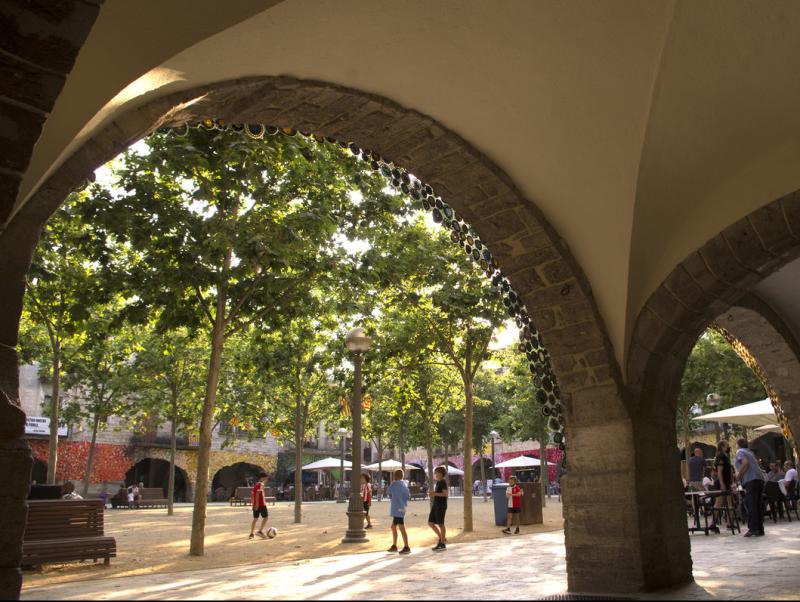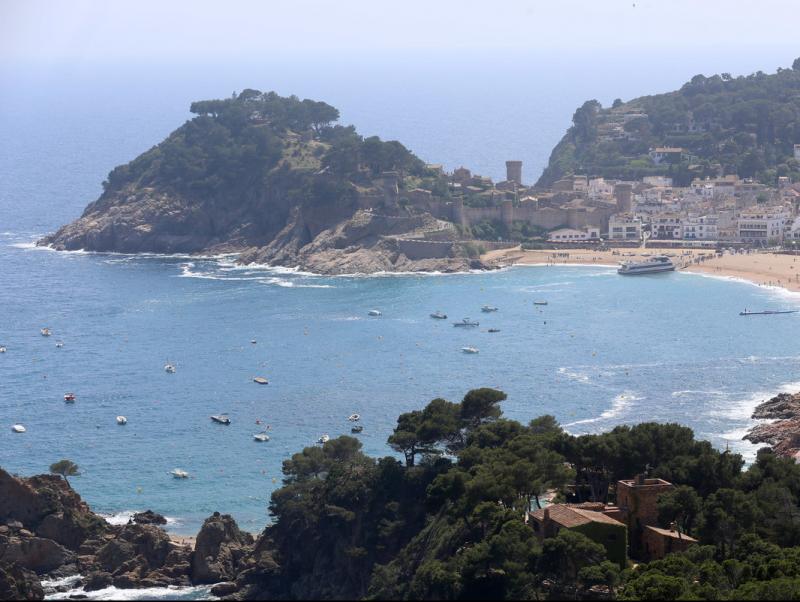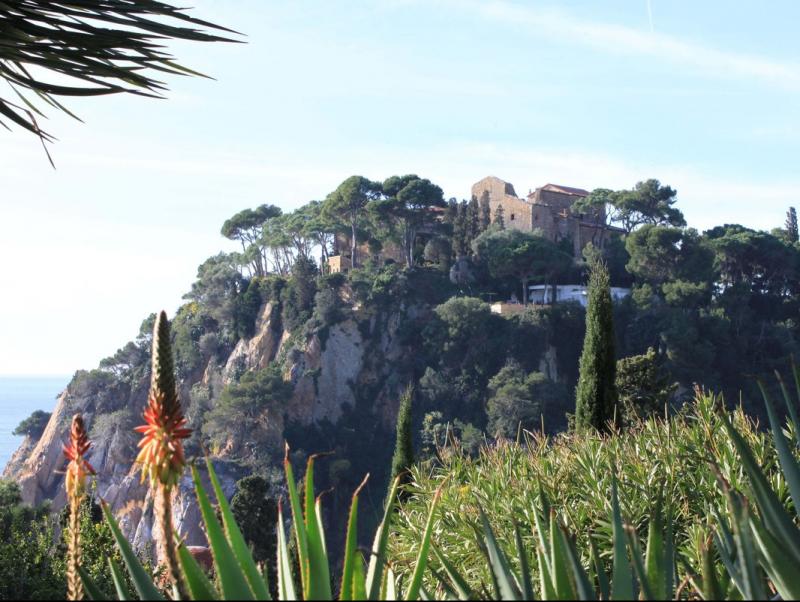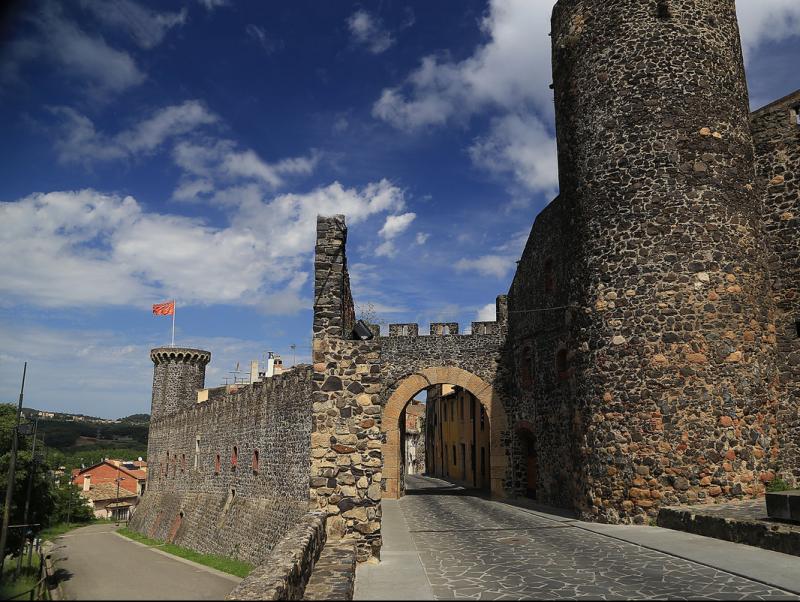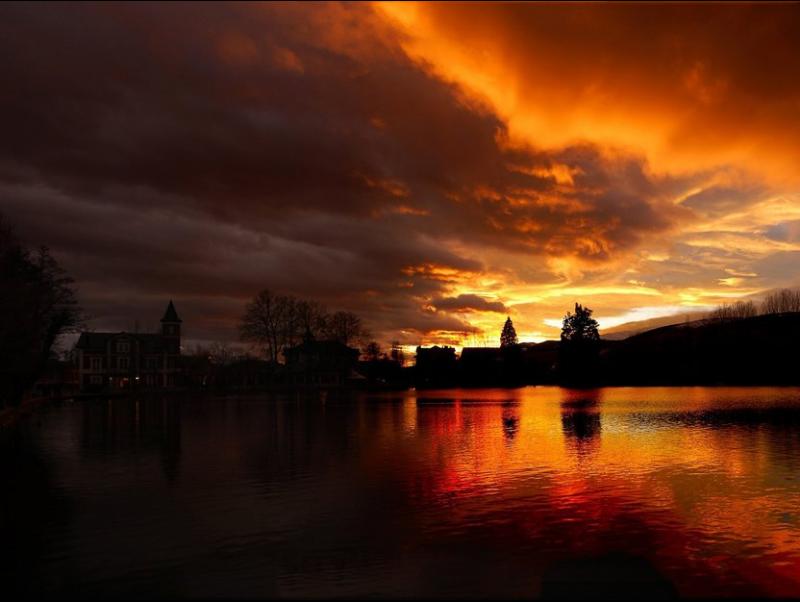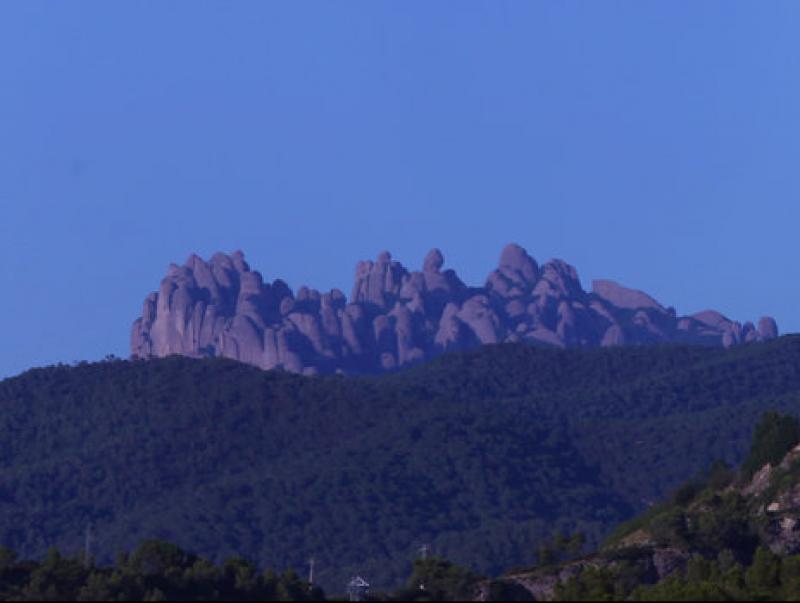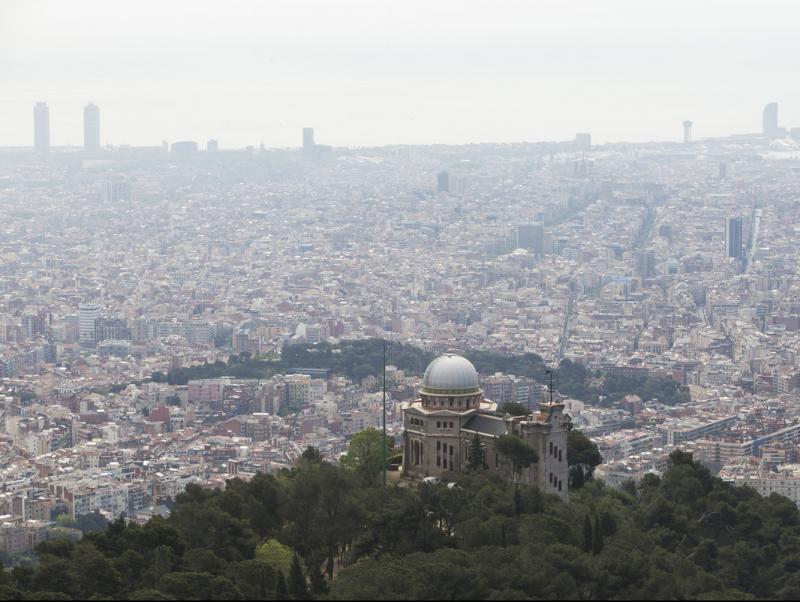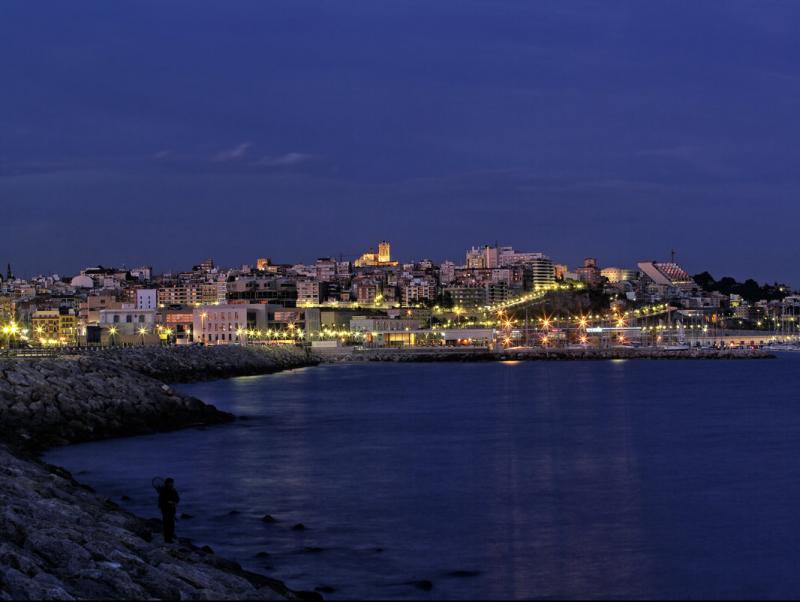The lunar landscape of Pla de Tudela
Dalí wrote: “This part between the Camell and the Àguila that you know and love as much as I myself is and must continue to always be pure geology. It is a mythological place made for gods rather than men and it must continue as it is.” Dalí was writing about the Pla de Tudela. His words were from 1960, but years later he attended the inauguration of the Club Med holiday village that turned the area into a resort. Josep Pla wrote: “I was saddened that Pla de Tudela, so extraordinarily privileged and so loved by me, was desecrated. I wish it was the way I always knew it, in its primitive and wild state.” It was there that in 1965 the surrealist painter, who considered the rocky landscape to be similar to what one could find on the moon, held a space party that preceded the arrival of thousands of tourists looking to enjoy the bungalows, swimming pools and leisure centres that it hosted until 2003, when sense was restored and, after a process of restoration that lasted until 2009, the Pla de Tudela recovered its original image.
Today, the space between Cadaqués and the Cap de Creus lighthouse is signposted, allowing visitors to follow an accessible itinerary that reveals one of the most spectacular corners of the Cap de Creus Natural Park, a wild beauty created by water erosion and the ’tramuntana’ north wind over millions of years. Its whimsical geological forms inspired Dalí in some of his works and, in particular, “The Great Masturbator”, based on a rock on the island of Culleró, located in front of Cala Culleró, and “The Spectre of Sex-Appeal”.
One attraction is Cala Culip cove, shaped like a fjord and facing north, which until the closure of Club Med was out of bounds without a visitor’s pass. Today visitors can freely reach the small beach that will delight film fans, it being one of the sites where Luís Buñuel and Dalí shot the surreal film, “L’Age d’Or”, which caused a scandal in Paris when it premiered in 1930. The cove also has a long history: used as a natural port since ancient times, it is one of the main sites for underwater archeologists today.
The recovery of the landscape was welcome news in the local coastal area and Cadaqués. Information panels explain that it is a natural space rescued from tourist fever and urban speculation. Above all, it provides an ideal spot for those who like wild Mediterranean landscapes shaped by wind and sea salt, and existing somewhere between dream and reality.
out & about
A family excursion
The 5.6 km long round-trip excursion through the natural area starts and ends at the junction of the road from Cadaqués to Cap de Creus. From this point, visitors have to walk about 400m along a track to the car park. Leaving the car park behind, continue along the same paved track, which runs through the entire Pla de Tudela area to Cala Culip. The return is along the same route.

